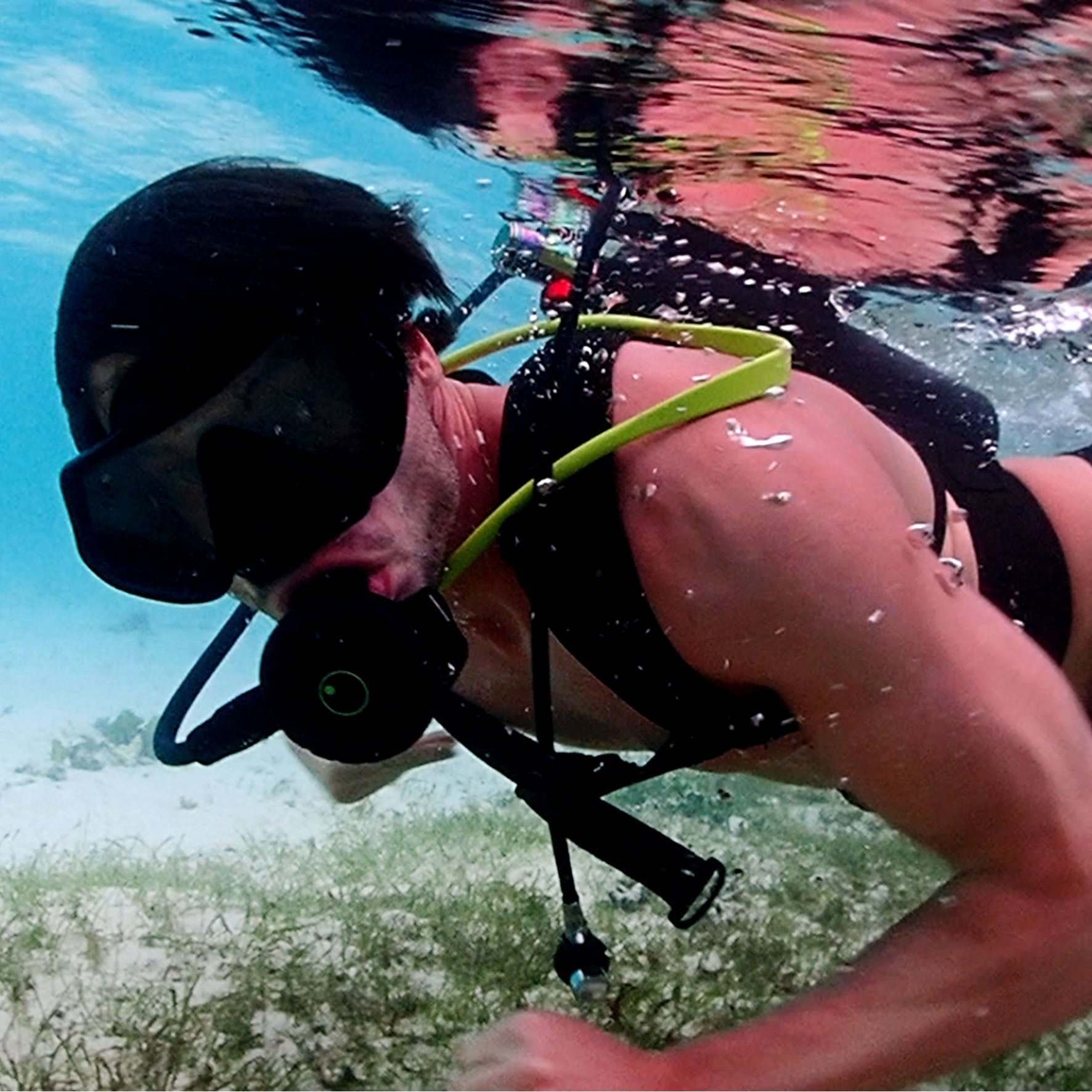
Underwater scooters for mini tanks: 5 compatible models
Underwater scooters boost efficiency for inspecting and maintaining mini tanks. Selecting the right model requires matching thrust power (typically 15-20 kgf) to overcome water resistance and tank ...
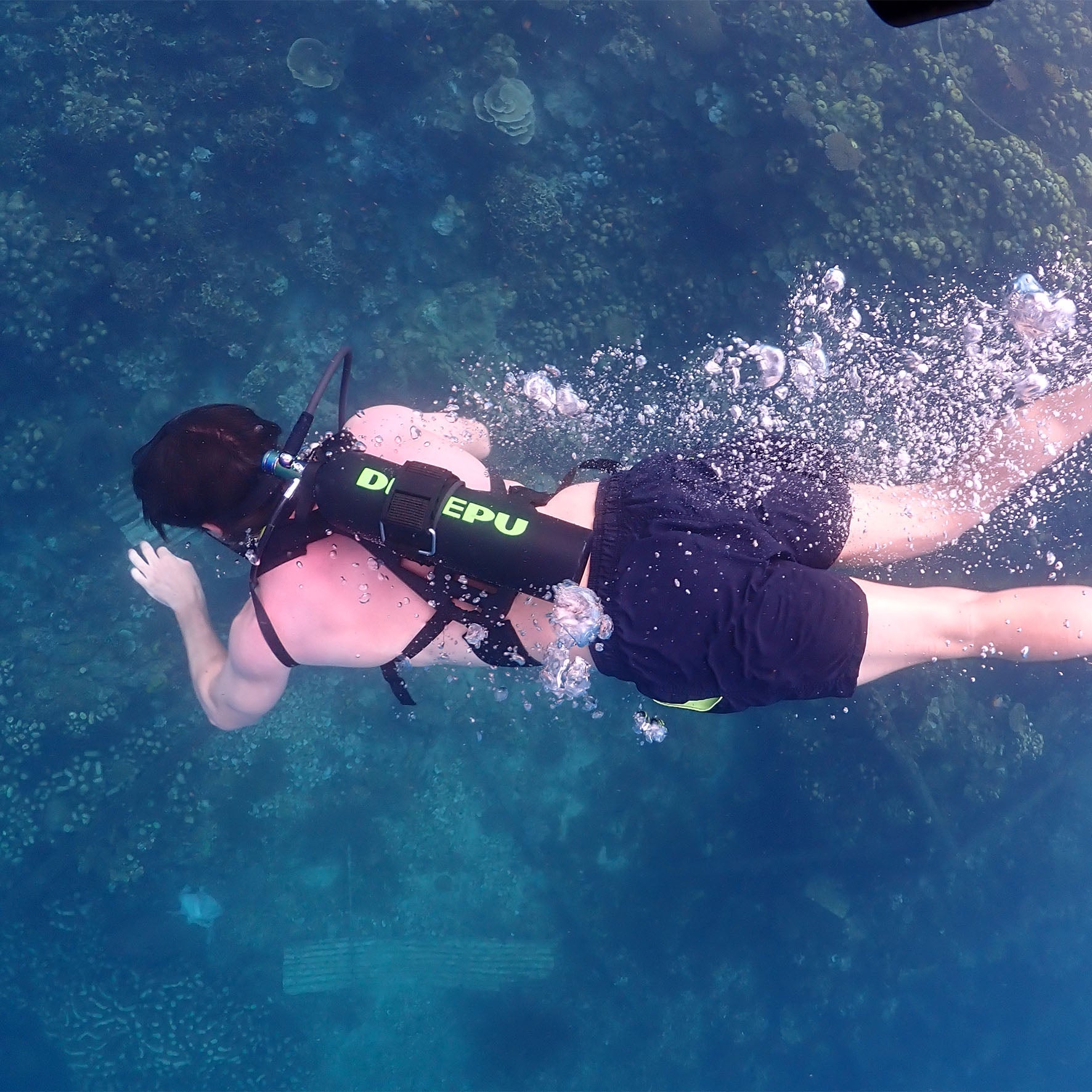
Maintaining mini scuba tanks: 5 simple cleaning tips
Saltwater corrosion can degrade tank integrity by up to 50% faster than freshwater exposure. After every dive, completely rinse the tank’s exterior, valves, and threads with fresh water for 2-3 min...
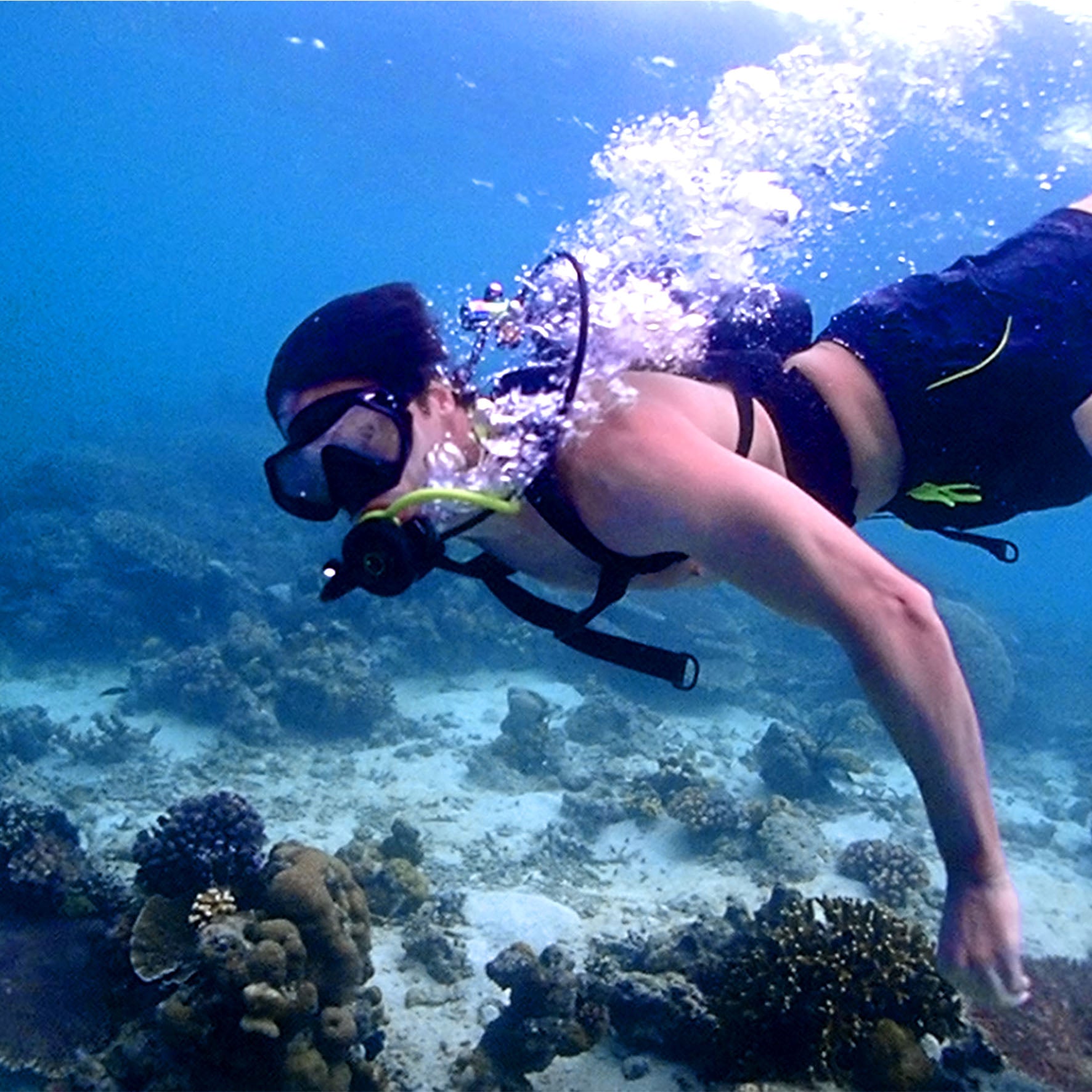
How to choose a mini diving tank in 6 easy steps
Mini diving tanks (typically 3-6 liters / 0.4-0.8 ft³) provide freedom beyond bulky gear. Used for 5-15 minute dives at depths under 10 meters, they’re ideal for snorkeling support or practice dive...
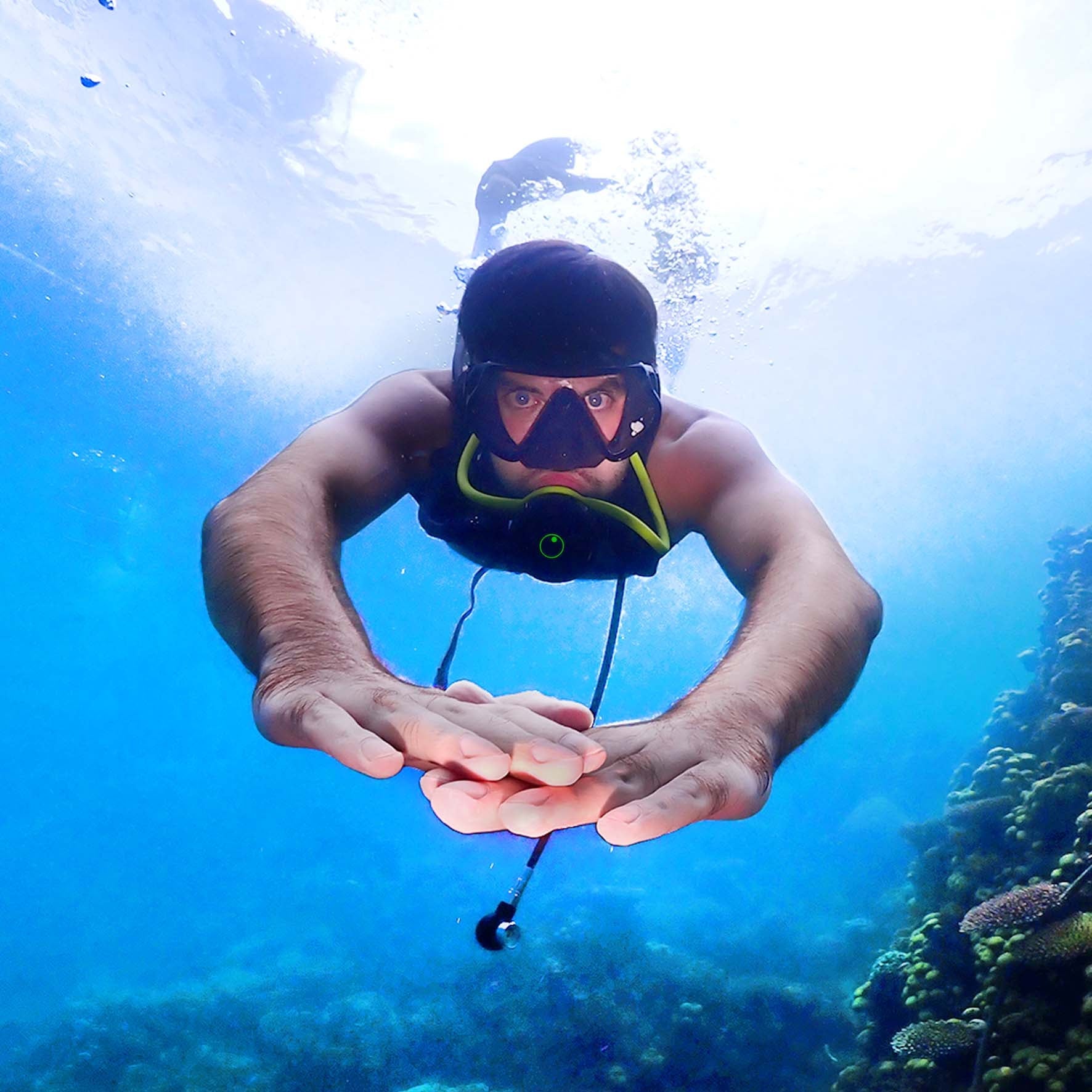
Mini vs regular scuba tank: 6 key differences explained
While both fill to similar high pressure (around 3000 PSI/207 bar), their physical differences significantly impact your dive. A mini tank is vastly smaller and lighter, perhaps weighing just 10-15...
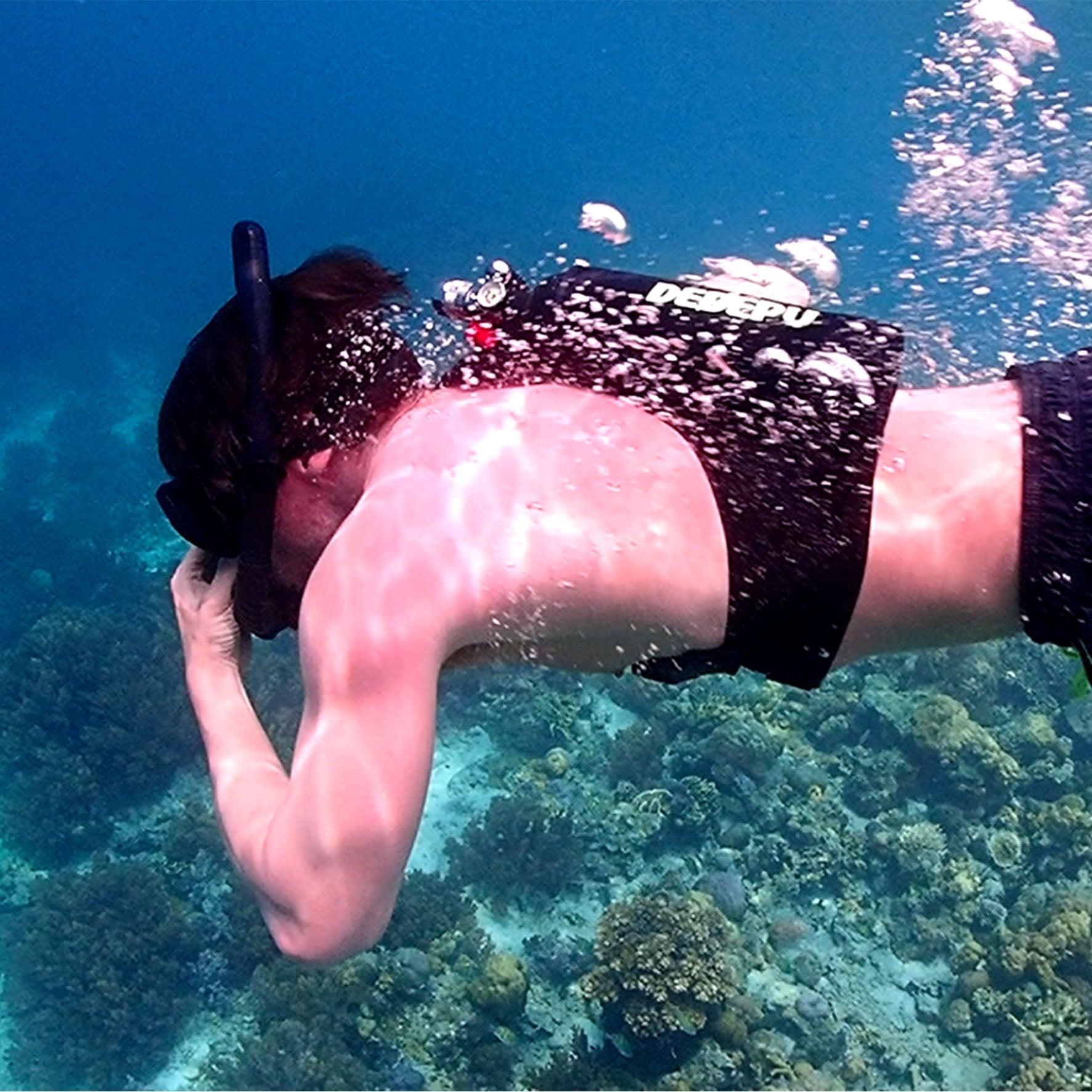
5-step guide to filling a mini scuba tank at home
You'll need a specialized compressor capable of reaching pressures exceeding 3000 PSI (often 90+ CFM models) producing CGA Grade E breathing air – standard shop compressors won't work. Sourc...
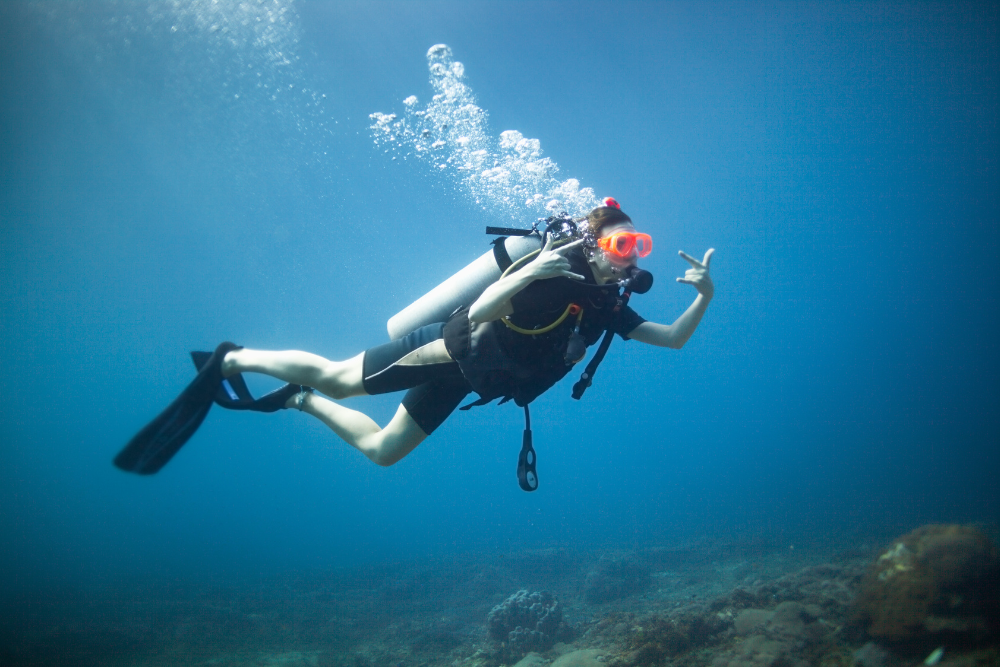
How long will a mini scuba tank last? 30 psi use guide
The answer depends heavily on your tank's actual usable air volume (e.g., 1.0, 1.7, or 3.0 cubic feet) and your breathing rate. At this low pressure point, usable time is short. A typical 1.0 cu ft...